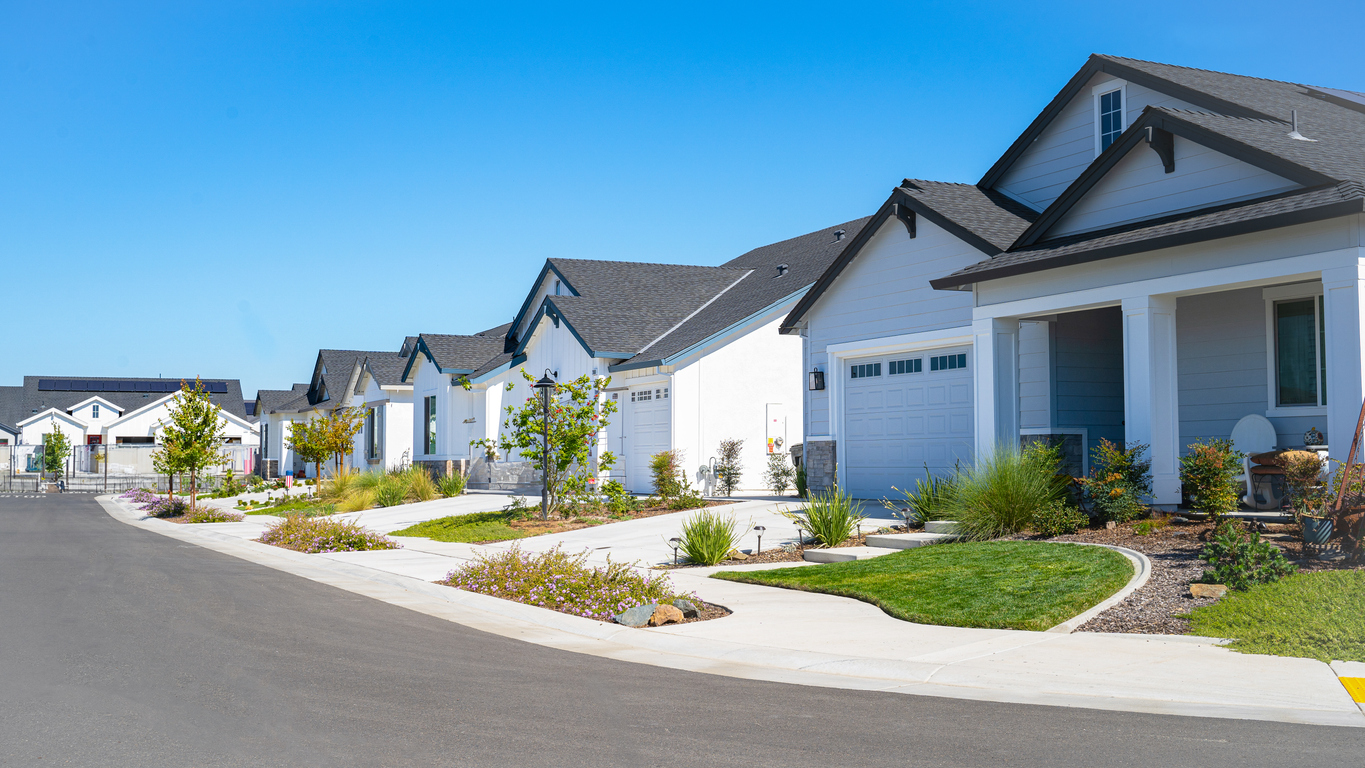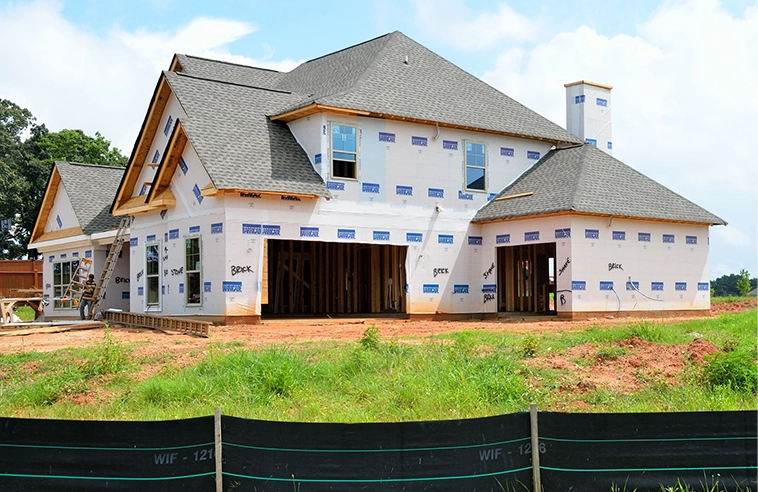A Powerhouse Woman in Construction: Pierrette Tierney
Growing up, Pierrette Tierney’s only exposure to the construction industry was a teen summer job at an Ace Hardware store. But one day, the industry came knocking at her door. She was wrapping up her graduate studies in journalism in LA, when she got a call from a friend. The friend suggested that Tierney apply for a job to join her at Pulte Homes in Las Vegas, helping to sell homes. Tierney decided to give it a shot. She got the job at Pulte Homes, fell in love with the construction industry, and never left.
She’s now based in Utah and is the Senior Vice President for the Mountain West region with American Homes 4 Rent. Her role is to “oversee everything from land acquisition and development, to construction of the homes, eventually handing them over to our property management team.”
When Tierney first moved to Utah, there was no PWB [Professional Women in Building] chapter, so she worked with some women in the industry and founded one. “For one of our first undertakings, we decided on an incredibly ambitious project: to build a home designed and constructed entirely by women.”
The ambitious project
This project became The House That She Built. The project drew volunteers and donations of materials from across the country. “Women came from as far away as Oregon and Maine and Montana to work on the house,” Tierney says.
Tierney’s primary role was helping to oversee architecture and the interior design team. She also helped with marketing and website development. The project received a huge amount of publicity and national recognition.
One of the project goals was to draw attention to the fact that there are women working in every aspect of the construction industry, which it did. As well as that recognition, the sale of the house raised funds for scholarships for women to enter construction. “Whether that’s students coming out of high school, looking to get into the trades or construction management, or whether it’s women who want to change career paths — we want to help them,” Tierney says.
An unexpected spin-off of the project was that Mollie Elkman, the owner of an advertising agency that helped with branding and marketing, wrote a children’s book inspired by the project: The House That She Built. Proceeds from book sales support workforce development initiatives in the construction industry. “The book was all over the International Builders Show; it’s getting a ton of exposure and recognition,” Tierney says. “We’re so excited because even though the house has been built and sold, its legacy lives on through this book.”
Tierney mentions that just the previous week, the members of the local PWB have been reading the books in elementary schools, bringing tools, and teaching the kids about what it’s like to be in the construction field. Tierney thinks this kind of outreach at an early age is important. “Waiting until a girl — or a boy — is in high school may be too late. They may have already selected a career path, and we’ve lost them,” she says.
Why haven’t women been involved in construction? What can be done?
In Tierney’s view, there’s a shortage of women in the industry largely because of tradition. “Girls don’t see women in construction, so they don’t recognize it as a field they can enter.”
Educating kids — and their parents — about the multitude of roles women can perform in construction is crucial, Tierney says. “Parents also need to learn not to assume that college is the only viable path to a decent career.”
Tierney acknowledges that some jobsites still have work to do in toning down the unwelcoming or sexist banter if they’re to be welcoming to women. But she also thinks that, along with that, it’s perhaps the case that some women need to work to develop more confidence and a thicker skin.
Women who are thinking of going into construction — as well as those already working in the industry — can contact their local PWB for advice and support.
“So many men were extremely supportive of The House That She Built. It was great to see them lending a hand and bringing their daughters and granddaughters to see it or participate,” Tierney says. “I do feel like there’s a growing acceptance of women in the industry. There are more men who want to find a way to include us, but they’re sometimes almost scared, or else they simply don’t know how to take the first steps.”
GCs and other men in positions of influence in the industry can contact their local PWB to get advice about how to make their company more welcoming to women. “Every once in a while, a handful of men show up to our meetings, which is so cool.” The organization’s doors are open to men who genuinely want to learn how to make their companies more welcoming to women employees.
The benefits of more women in the industry
Tierney says she’s a “huge fan of all kinds of diversity in the construction industry.” Her view is that the demographics of homebuyers and renters should be represented “in the boardroom, in the trade base, in who’s designing the home, who’s creating the communities, and who’s deciding how people will live.” The industry needs the gender, racial, cultural, socio-economic, and disability diversity that mimics the attributes of the people who live in the homes. “Diversity means people looking at things from different perspectives,” Tierney says. “I love the dynamic of having diverse voices in the room, all expressing their opinions. Ultimately, diverse experiences and viewpoints leads to better products, better buildings.”




